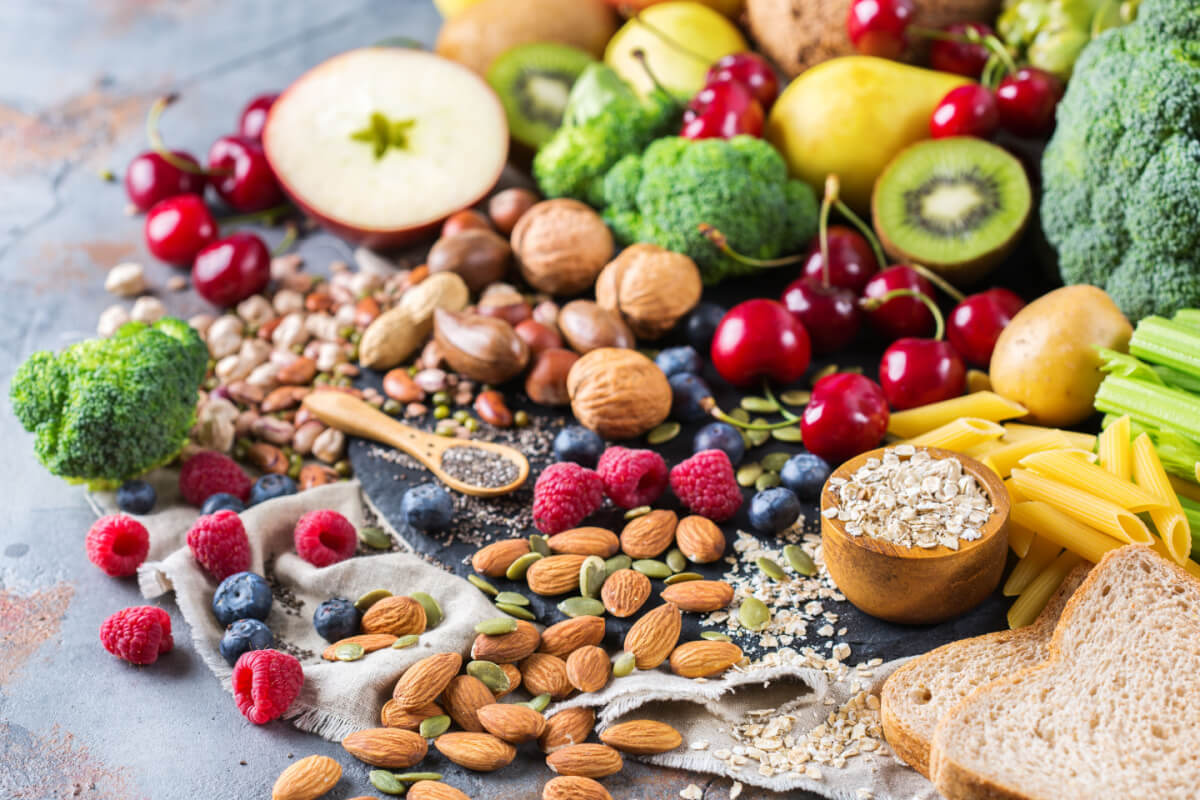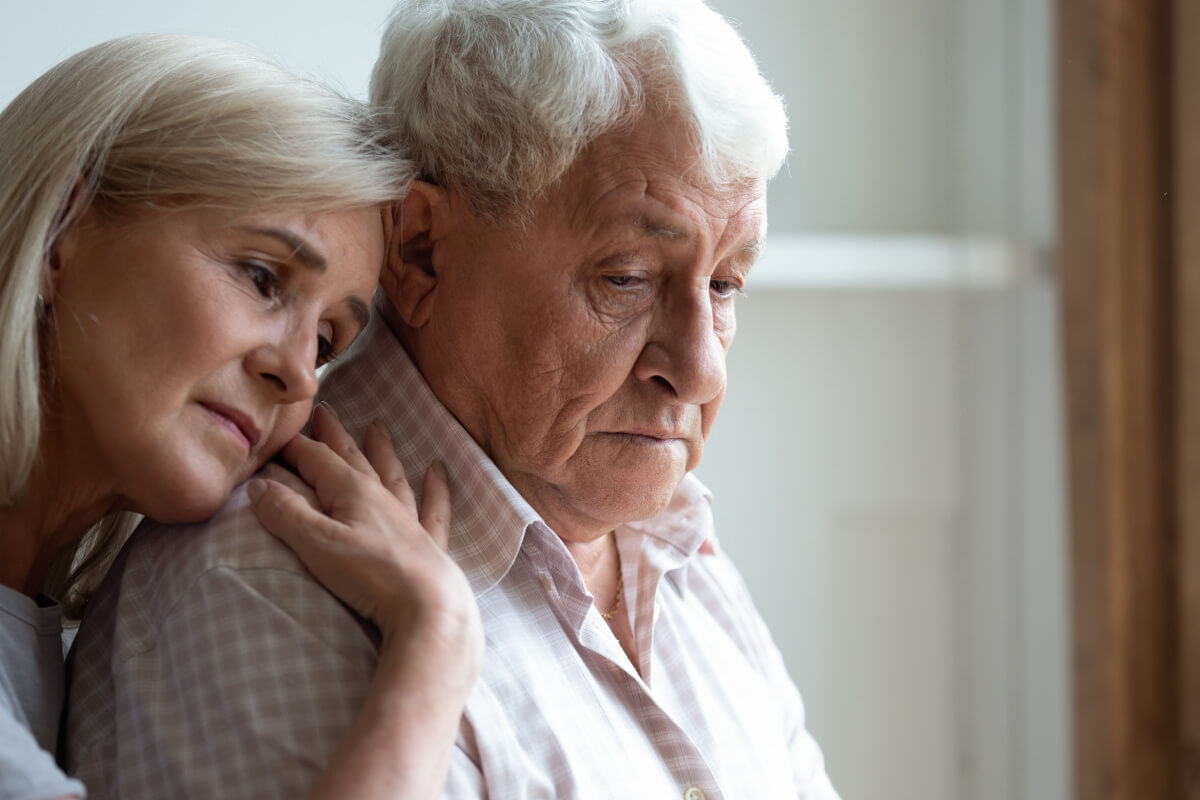Where Unwinding Meets Engagement: What is Active Relaxation?
Posted By HarborChase on May 22, 2023Relaxation – the word itself conjures up images of vacations and breaks from the hustle and bustle of everyday life. We spend most of our lives looking forward to moments of relaxation, whether it’s time away from our careers or a day spent at the spa to decompress and recharge.
So when you hear the term “active relaxation,” it might sound like a paradox—if you’re relaxing, then you’re not active, and if you’re active, then you’re not relaxing, right? The answer might surprise you: not quite!
Active relaxation combines the stress relief we feel during times of relaxation with the sense of accomplishment we feel after completing some form of meaningful activity. Not only does it provide a feeling of self-worth and a calming sensation, but it also provides additional benefits that can help to enhance wellness, productivity, and allow you to connect with new hobbies – while still letting you unwind and relax!
At HarborChase Senior Living, our world-class senior living services provide luxury housing and compassionate care; but we don’t stop there. We are uniquely dedicated to focusing on senior health and happiness, so we strive to share resources and information that help individuals expand their ideas of wellness. Below, we highlight the positive impact of active relaxation, including what it means and how to incorporate it into your life.
The Idea Behind Active Relaxation
When you think of relaxing, what comes to mind? Sleeping in and having a slow, lazy morning? Vegging out in front of the TV? While these are certainly relaxing activities, they provide little to no stimulation or benefit. Even though a lazy Sunday morning or a Netflix binge are nice ways to unwind now and then, these activities tend to make you feel as though you’ve completely shut off your mind and body.
Instead, think of slow-paced forms of activity like yoga or kayaking. Now, what comes to mind? With yoga, you might think of the calming sensation that occurs with every new pose and stretch. Kayaking might bring to mind images of gorgeous waterfront views while you paddle along and take in all of the natural beauty around you. Both of these activities are a great way to think of as active relaxation!
The phrase “active relaxation” is an umbrella term that describes the mind and body techniques that allow a us to focus mindfully on our movements and intentionally utilize our thoughts to relax.
Active relaxation joined the scene as a training method for elite runners and athletes, who use this practice as a way to rest and recover without losing too much progress, damaging muscles, or becoming sore. Over time, people outside of the athletic world have picked up on the myriad of benefits that come from active relaxation and have started to incorporate it into their lives to enjoy the same stress reduction and calming effects while reaping the health benefits.
In essence, active relaxation is any activity that relaxes your mind and body while still engaging them. It takes elements of both leisure and productivity and turns them into something calming, grounding, and centering.
Exercise and activity are proven stress management tools as they provide health benefits that can reduce stress levels, such as:
- Boating endorphins
- Creating socialization opportunities
- Promoting healthier sleep patterns
While many forms of exercise utilize the idea of active relaxation, like yoga and tai chi, there are also lesser-known forms of mindful movement techniques that can be used to experience the same benefits.
One of the most common active relaxation techniques is Progressive Muscle Relaxation (PMR). In this method, you relax your entire body by tensing and relaxing one group of muscles at a time in harmony with your breath. Guided by vocal audio or soft music, PMR has both physical and mental components. If you’re unsure how to tense and release specific muscles, follow these steps:
Shoulders → Shrug them toward your ears
Forehead → Wrinkle it into a deep frown
Back of the neck → Press the back of your head against the floor or chair
Back → Arch your back up and away from the floor or chair
Feet → Point them toward your face, then curl your toes downward
Benefits of Active Relaxation for Older Adults
According to the World Health Organization, approximately 15% of adults over 60 live with some form of mental health condition, including dementia, stress, or depression. Unfortunately, poor mental health has a direct correlation to physical health. For example, studies show chronic stress can lead to heightened blood pressure, a weakened immune system, sleep issues, and weight gain.
The good news about chronic stress is that it can be managed through certain lifestyle habits, like regular exercise, a healthy diet, and – you guessed it – participating in forms of active relaxation.
Active relaxation doesn’t just reduce stress but helps to release physical tension, making it an all-around beneficial activity. It’s also important to note that the more active relaxation a person participates in, the more aware they become of the factors that contribute to stress in their lives. In other words, active relaxation can help you learn how to relax and recognize and avoid stress triggers.
Ways to Practice Active Relaxation
There is no right or wrong way to perform active relaxation as long as you are engaging and relaxing your body at the same time. If you’re looking for inspiration, here are some ideas to get you started!
Go on a Solo Walk
In today’s fast-paced world, it can be hard to find a moment of unconnected solitude. Going on a long walk by yourself and leaving your phone at home or in the car is a great way to practice active relaxation. Observing the trees and nature around you without distraction can relax the mind, but your body is still engaged in the physical activity of the walk.
Imagery and Sensation Techniques
Like guided meditation, this form of active relaxation uses imagery and sensational awareness to mentally conjure a relaxing scene or experience. This technique engages all the senses to create an immersive feeling. For example, if you find the beach calming and peaceful, you might imagine the sound of the waves crashing, the feel of the wind on your face, and the smell of salty air. You might even imagine the soothing feeling of the sand between your toes.
You can find videos and recordings to help guide you through this process, or you can simply create and imagine your own calming scene.
Deep Breathing Exercises
Believe it or not, many of us don’t breathe as properly and deeply as we should. During moments of stress, our heart rate increases, which leads to short and shallow breaths; unfortunately, this type of breathing can make you feel even more stressed. However, scientific studies have shown that controlling your breath intake through deep breathing can send specific messages to the brain that counteract the typical “fight or flight” response many people experience during instances of extreme stress. Basically, the brain comprehends deep breathing as a message to calm down and relax!
There are several breathing exercises, but belly breathing is a basic and easy one to accomplish.
To start, sit or lay in a comfortable position. Then, placing one hand on your belly and one hand on your chest, take a deep breath through your nose. Your belly should expand while your chest remains still. Next, breathe out through pursed lips as you feel the air deflate from your stomach. Do this a few more times.
Even though the idea of active relaxation seems counterintuitive, it’s a fundamental practice that can reduce stress, relieve physical tension, and result in many health benefits.
HarborChase Senior Living encourages health and wellness in older adults through an active, relaxing, and enjoyable lifestyle. We invite you to visit our website to discover how we foster wellness in our communities!
Updated on May 2023
Categories: Health Habits


